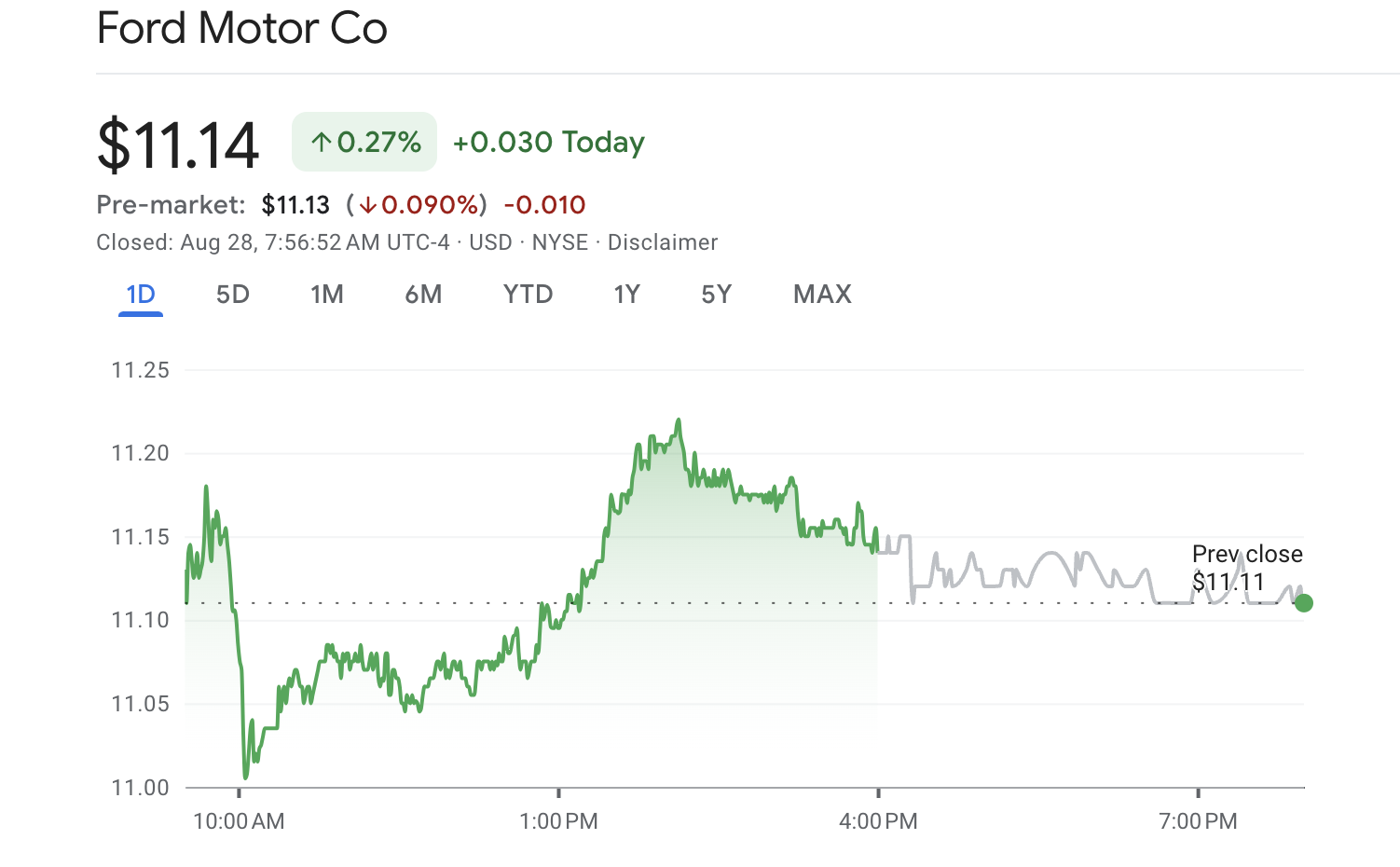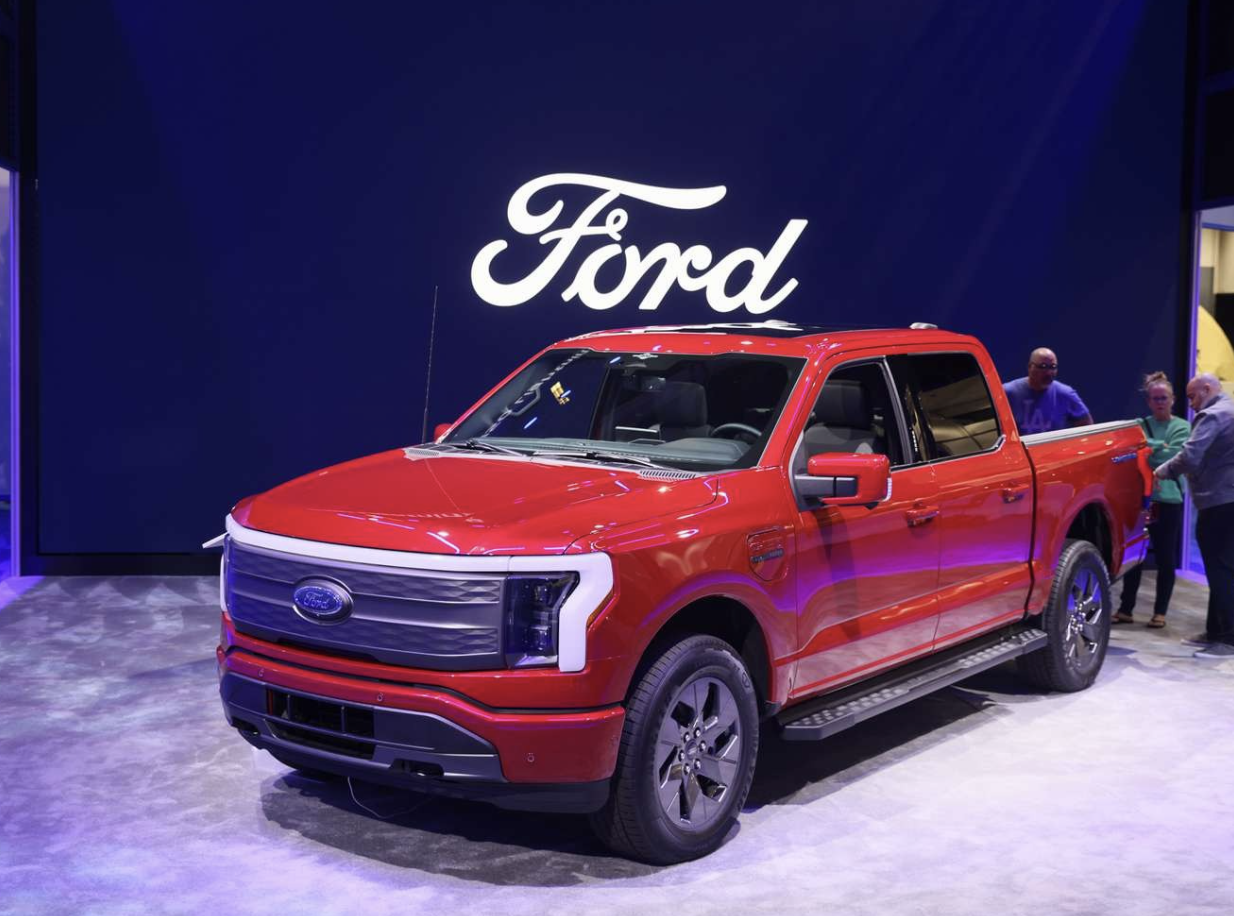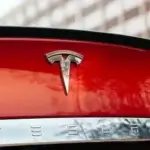Ford Motor Company is making a strategic $1.9 billion shift in its electric vehicle (EV) strategy, moving away from its traditional profit centers of large trucks and SUVs. Instead, Ford is focusing on smaller, more affordable EVs and expanding its hybrid models. This approach is seen as an “insurance policy” that will lead to a more capital-efficient and profitable EV business, according to Marin Gjaja, Chief Operating Officer of Ford’s Model e EV unit.
Key Components of Ford’s New EV Strategy
- Focus on Affordable EVs: Ford is shifting its EV focus to smaller, more affordable vehicles, which it believes will have the highest adoption rates. This decision aims to position Ford competitively against emerging rivals, particularly Chinese automakers like BYD, who are rapidly expanding into new markets. Gjaja emphasized the need for Ford to play in this segment to remain competitive.
- Revised Product Lineup: The company’s updated EV strategy includes canceling the development of a large, electric three-row SUV and delaying the production of its next-generation “T3” electric full-size pickup truck by 18 months. Instead, Ford plans to introduce a commercial van in 2026, followed by a midsized pickup in 2027, and eventually the T3 full-size pickup.
- Cost Management and Capital Allocation: The $1.9 billion shift includes a $400 million write-down of manufacturing assets and up to $1.5 billion in additional expenses and cash expenditures. This realignment reflects Ford’s focus on creating a more efficient and profitable EV lineup, rather than pursuing high-cost, high-risk ventures.
- Strategic Decisions on Larger Vehicles: The decision to cancel the three-row SUV was significant, given that it had been promoted as a potential game-changer by Ford’s leadership, including CEO Jim Farley. However, the high cost and weight of battery packs required for large EVs present limitations in terms of range and charging infrastructure, leading Ford to refocus on smaller, more manageable vehicles.
- Leveraging Ford’s Commercial Vehicle Success: Ford’s “Pro” commercial vehicle business, which includes vans and large Super Duty trucks, has been a strong performer and helped offset EV-related losses. The new strategy leverages this strength by introducing a commercial van as its next new EV.
- Hybrid Expansion: To complement its EV strategy, Ford is also focusing on expanding its hybrid and plug-in hybrid offerings, providing a balanced approach to meeting both consumer demand and regulatory requirements.
We put the power in your hands with a lineup that’s made to do. Hybrid, gas or all-electric, our lineup is your starting line. pic.twitter.com/Jbxq0Kmsj1
— Ford Motor Company (@Ford) July 9, 2024
Rationale Behind the Shift
Ford’s new approach is based on a fundamental difference between the economics of internal combustion engine (ICE) vehicles and EVs. While larger ICE vehicles traditionally generate higher margins, the opposite is true for EVs due to the significant costs associated with battery packs for large vehicles. This shift reflects Ford’s belief that smaller, more affordable EVs will drive higher volumes and profitability in the long term.

Image | Google Finance
Ford’s $1.9 billion shift in EV strategy marks a calculated move to focus on affordability and efficiency, positioning the company to better compete in the evolving automotive landscape. By targeting the affordable EV segment and leveraging its existing strengths in hybrid and commercial vehicles, Ford aims to create a more sustainable and profitable future for its electric vehicle business.





